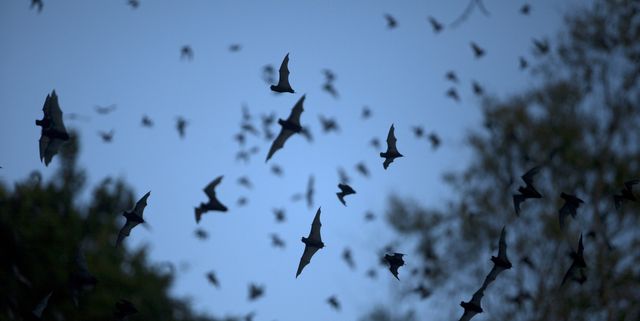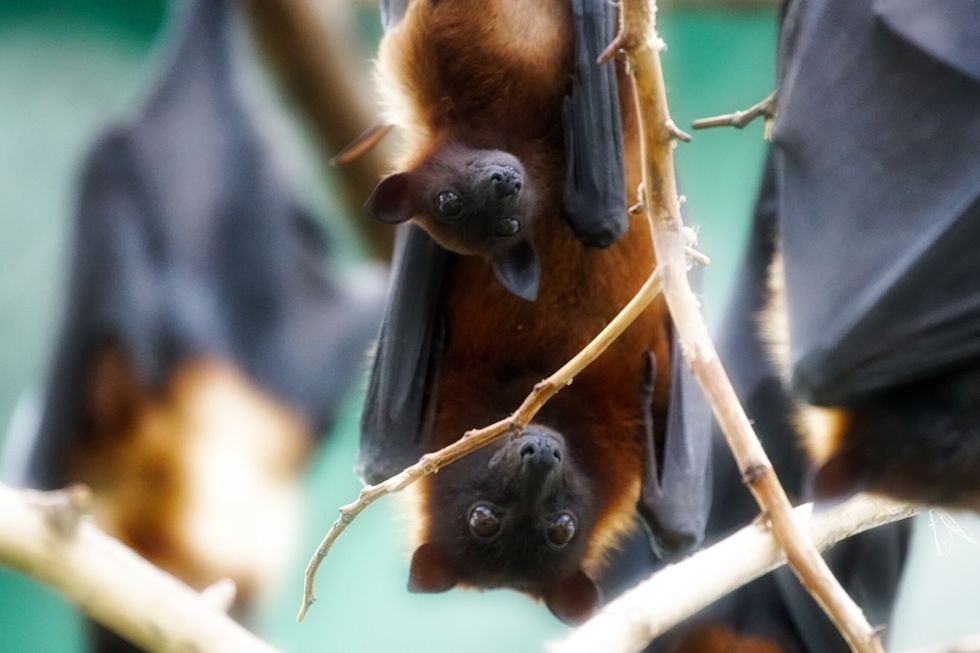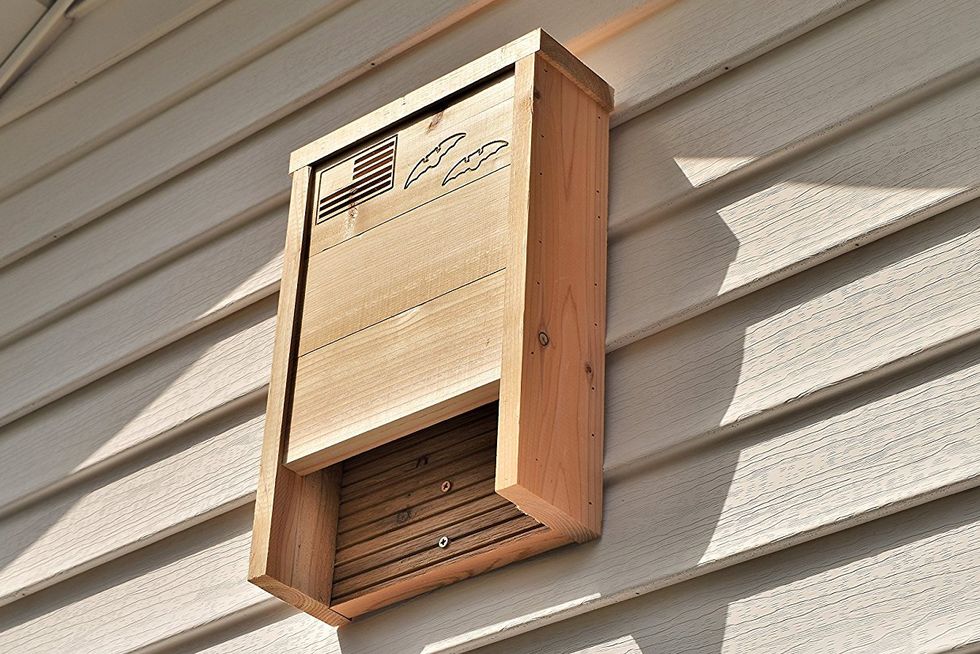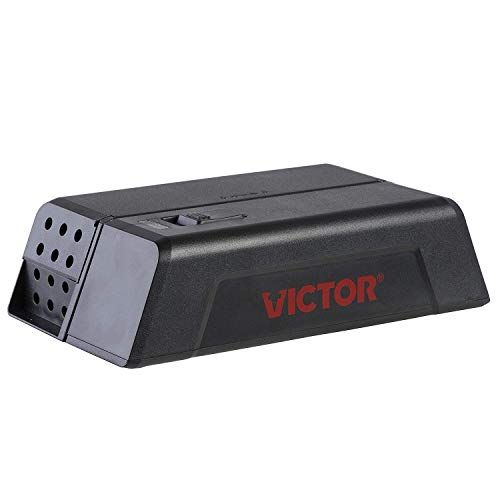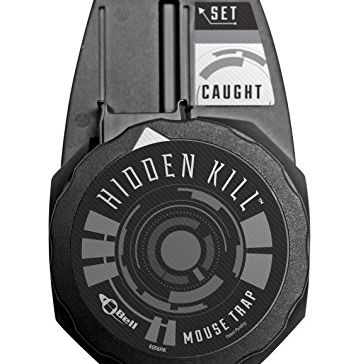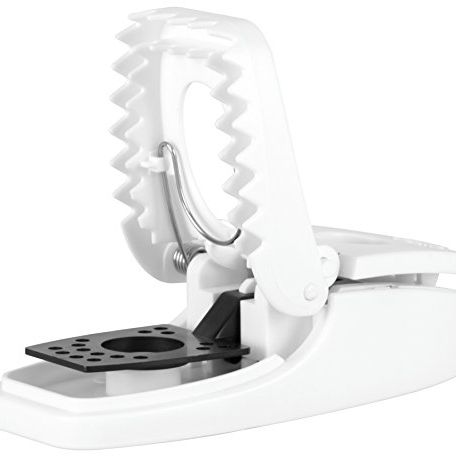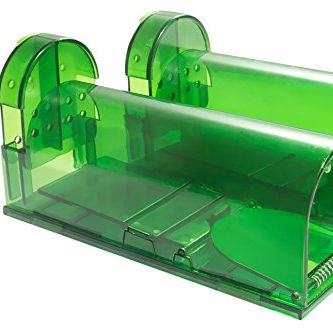It’s unfair how bad a rap bats get. Between the vampire films, spooky decorations, and blood-sucking ghost stories, you’d think they were all out to get us. That couldn’t be further from the truth. Bats are relatively harmless and rarely bite humans unless provoked — so don’t poke!
Forget their fearsome reputation and consider trying to attract bats rather than avoid them. If you garden or spend a lot of time outside, bats are quite beneficial. Most North American bats eat insects and can gobble up over 1,000 mosquitoes per hour. That means an ordinary colony of 75 bats can devour up to 75,000 insects in just 60 minutes — talk about pest control!
Another perk: bat droppings, otherwise known as guano, act as a nutrient-dense fertilizer, making that garden of yours thrive like never before.
So how can you bring bats to your neighborhood? Like all creatures, bats seek food, water, and shelter. Here's how to make your backyard move-in ready for these productive creatures.
1. Find out what bats live nearby.
If you're in an urban area, it'll be harder to spot bats. You might want to reach out to a bat enthusiast group or locate an expert leading local walks. Contact the Bat Conservation International for more information. A little research can go a long way toward creating an appealing environment for local bats.
2. Offer a water source.
Bats can lose 50% of body weight in water in a single day, according to Bat Conservation International’s Water for Wildlife program; even desert species periodically need H20.
Unsurprisingly, having a pond or water feature on your property then makes it very enticing for bats. If you don't have a natural water source nearby, Penn State Extension recommends installing a birdbath or fountain to attract more bats to your backyard.
3. Let your garden act as a magnet.
Make your garden work for you while you sleep. Fragrant flowers, herbs, and night-blooming plants attract nocturnal insects, which, in turn, lure bats. The more insects, the better.
Try planting dahlia, French marigold, nicotiana, evening primrose, thyme, raspberry, or honeysuckle. Pale-colored blooms also have a good chance of bringing in bugs.
4. Buy or build a bat house.
To attract bats to roost in your yard, you’ll need a place for them to call home — a bat house! Buy one online (like this popular Applewood Outdoor Premium Bat House), at your local home improvement store, or build one yourself. DIYers can download this single-chamber bat house plan from Bat Conservation International's site.
Here's how to make a home fit for a bat:
Choose the right location.
Mount the bat house on a pole or on the side of a building. Tree-mounted homes are a no-no, since they're easily accessible to predators and offer too much shade.
Bats need height to drop down before they catch flight, so the bat house must be high enough (at least 15 feet) for them to fly away without running into a predator on their downward journey.
Keep it small.
Bats like narrow, tight spaces to call home, similar to the space between a tree trunk and its bark. Since they don’t build nests like birds, they won't need room for nesting materials. Instead, ensure the surface inside is slightly rough, making it easy for them to claw up.
Maintain an ideal temperature.
Bats prefer warmer climates between 85 and 100° Fahrenheit. Position the bat home facing south to southeast. That way, the bat house catches the heat and warms up when the sun rises.
Do a security check.
The bat house provides a respite from wind and rain, not to mention dangerous predators. Inspect it regularly from spring to early fall to make sure no bees or wasps have taken up shop.
You'll know your bat home is a success and the bats have taken up residence when droppings begin appearing around the house on the ground.
5. Guard your own home.
Before you put out the welcome mat for bats, make sure you're not accidentally inviting them into your own home. Bats and humans are more compatible when they aren’t sharing residency. Since bats can fit through a hole the size of a quarter, you’ll want to seal up any openings around your own house. Bats love particularly old homes with lots of nooks and crannies and often move into attics.
